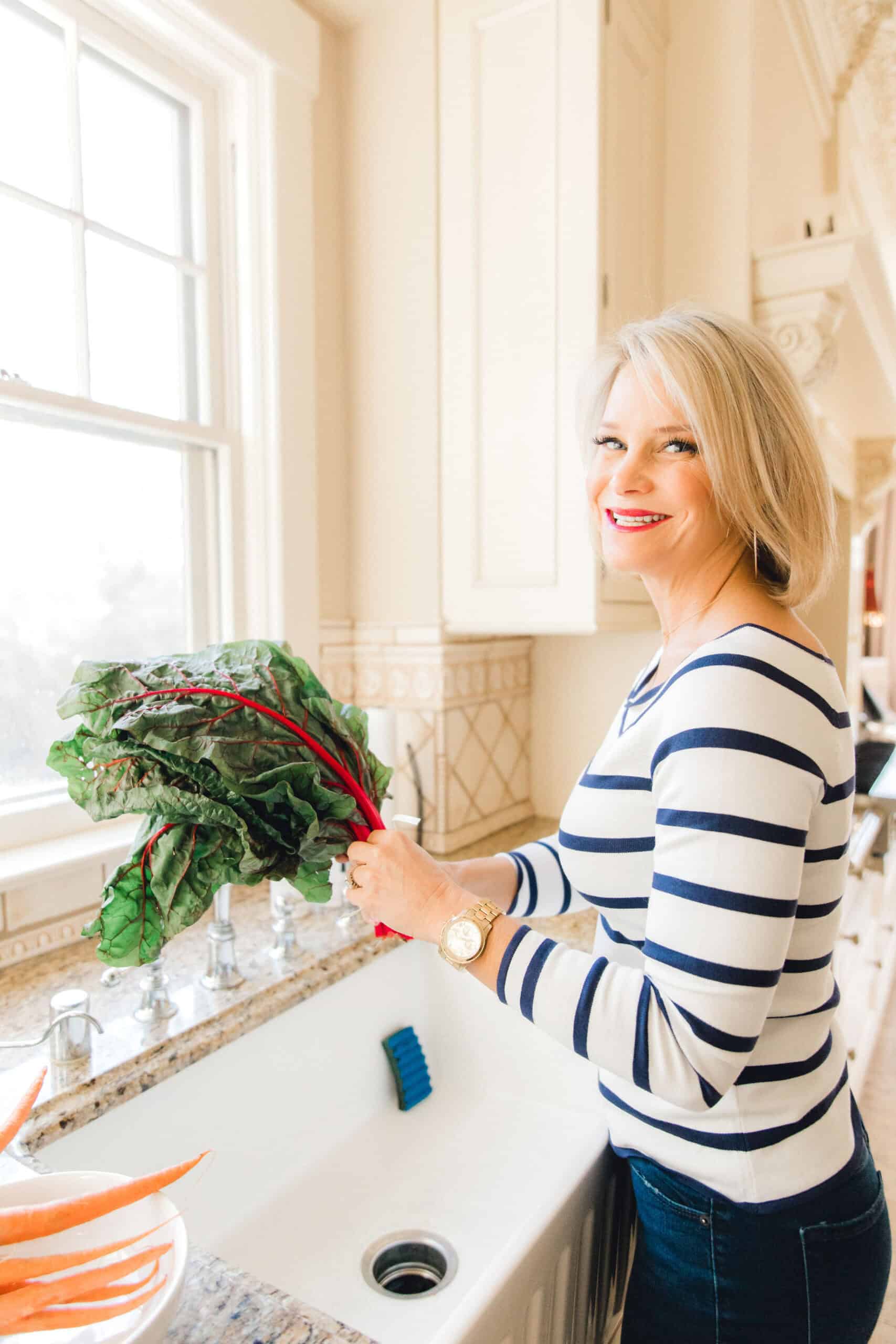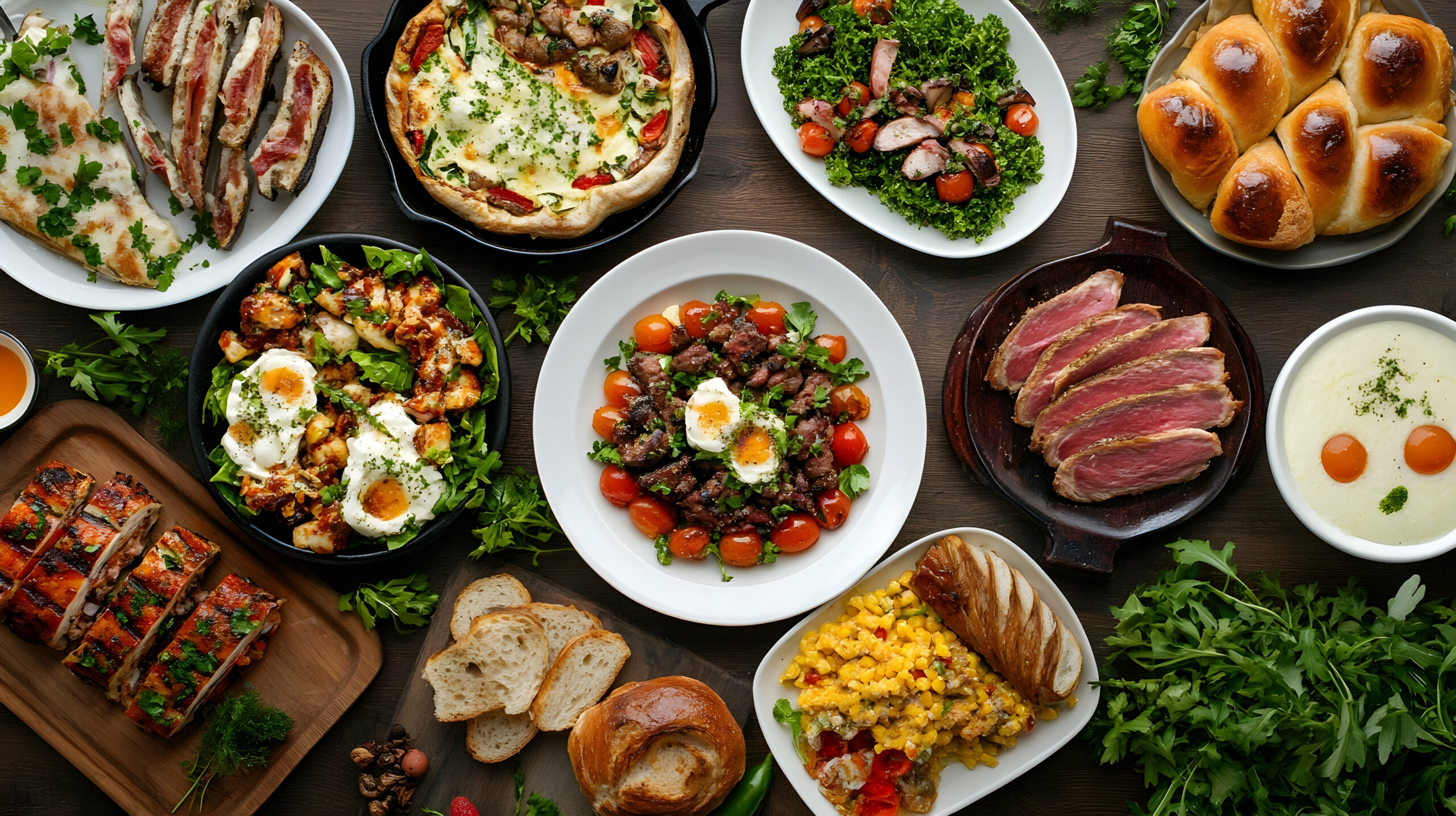Are you the tortoise or the hare?
In this classic childhood tale, we all know who wins the race. The tortoise who keeps a steady pace is the one who crosses the finish line, even though each step he takes is small and slow.
If I’m honest with myself, I used to be the hare through and through—moving faster than light one moment, switching directions the next, and crashing for a break when I ran out of steam. Sticking to the same habit for a lifetime used to sound overwhelming.
When it comes to our health and weight loss, habits make or break us, but sticking to the steady stamina of the tortoise is actually easy with a few tricks. Just in time for your 2022 New Years Resolutions, we’ve got two simple brain-transforming techniques that will turn you into a steady and habitual tortoise that wins the race.
Start Stacking Your Habits
At this moment, your brain has about 41 percent fewer neurons than it did when you were a newborn. So does mine. Does that mean we’re getting dumber and dumber as time goes on?
Losing neurons might seem like a digression, but it’s actually the way our brains evolve over our lifetime to work more efficiently. As we age, our brains go through a process called synapse pruning, where connections between neurons that don’t get used get trimmed away. On the flip side, connections between neurons that we use frequently grow stronger.
Strong neuron connections are what form habits. If we roll out of bed and immediately open our window curtains every morning, eventually, we’ll form a habit. One day, you’ll walk in your room mid-morning, see the window curtains open, and not even remember opening them. The action was so automatic, it didn’t even cross your mind whether you would or wouldn’t open the curtains.
Habit stacking helps you build on the strong neural connections you already have, making it much easier to form new and lasting habits.
What is Habit Stacking?
Habit Stacking is the process of grouping together small tasks into a chain of actions. It changes your toilsome to-do list into automatic behaviors that flow from one to the next.
Habit Stacking, or “habit chaining,” (as it’s also called) was coined by Wall Street Journal bestselling author S.J. Scott. In his book, Habit Stacking: 97 Small Life Changes That Take Five Minutes or Less, Scott explains that if we start our habit chain with a habit we already have in place, new behavior flows much easier.
Here’s an example: If the first thing on your mind the moment the alarm goes off is making a hot cup of coffee, you already have a strong habit formed: Every time I wake up in the morning, I go down to the kitchen and make myself coffee.
Start with that set habit, and link a new habit to it. For example, if you wanted to drink more water throughout the day, you could associate drinking water with your habit of drinking coffee. Before you pour your coffee in your mug, fill it with water and down it real quick. Then, continue with your morning routine of having a hot cup of coffee.
Linking a new habit with an old and established one will help you piggyback on those neural connections already set in your brain. To put it simply, use the things you already remember to do to remind yourself to do something else.
Your habit stacking can fit whatever goals you have. If your goal is to become more grateful and less stressed, you might try stacking a new habit like this:
After I brush my teeth in the morning (my current habit), I’ll say to myself one thing I’m grateful for about my life (the new habit).
- After I pour my cup of coffee (current habit), I’ll meditate for 3 minutes (new habit).
If you’re still not sure how to stack your new habits with old ones, just hold tight. We’ll walk you through how to create a strong chain of habits in a minute. For now, here are a few tips from the person who coined the phrase…
Tips for stacking habits—from Scott, himself
According to Scott, there are 8 rules he suggests for a successful stack of habits:
- Each habit should take less than five minutes to complete
- Each habit is complete
- Each habit improves your life
- Each habit is simple to complete
- The entire routine of stacked habits takes less than 30 minutes
- The routine follows a logical process or progression
- The routine follows a checklist
- The routine fits your life and goals
Create Mini Habits
How do you eat an elephant? One bite at a time.
Ever heard that sentiment? As cruel as eating an elephant sounds (by the way, did you know that elephants actually have three times as many neurons as humans?), the lesson is clear. Big tasks happen one small step at a time.
It’s way easier and far less overwhelming to commit to the next small step than to focus on a huge life-altering goal. Plus, as humans, we don’t do well with delayed gratification. We enjoy seeing quick and frequent progress, and we especially love that satisfying rush when we cross something off the list.
Our brains actually reward us for finishing tasks. That rush is a release of dopamine—the neurotransmitter that’s connected to feelings of pleasure, satisfaction, and motivation. Mini habits work with our brains’ desire to complete tasks, raising our motivation and gratification while forming a new habit.
What is a Mini Habit?
A mini habit is a very small, beneficial behavior that you commit to doing every day. The barrier to completing a mini habit is so low (think one push-up a day), that it’s too small to fail. Mini habits are extremely easy to check off, yet they’re powerful in building motivation and bring big effects on your behavior, performance, and future health.
Mini habits fall into two categories:
- The ones that kickstart further action—like committing to one situp. Once the first sit-up is completed, continuing doesn’t sound that bad, so you do 24 more.
- The ones that bring ricocheting benefits—like going for a 5-minute jog outside in the morning. Because of this small, simple activity, you have more energy and are more productive at work. That fresh, healthy feeling you got from your run prompts you to make a healthy smoothie for breakfast. You also drink an extra cup of water that day, and you sleep better that night.
What mini habits can you start stacking today?
Mini habits are a great place to begin when you start habit stacking. They’re simple, easy, and hard to fail at, but when stacked together, they can make a big impact on your health. Follow the following four steps to create your mini habit stack, working from the big picture to the smallest details.
1. Start with the big picture: Sit down with a notebook or pull up your notes app on your phone. Start by writing down your hardest health goal or the ones you want to focus on most in 2022. What health goals have you stumped? Do you eat healthily but struggle to stay active? Are you a gym rat but fail to hit your water intake goal day after day?
What are your biggest health hopes for the upcoming year? Do you want to lose 20 pounds of excess weight? Gain 20 pounds of muscle mass? Run a 10K? Advance in yoga?
2. Taper down to the upcoming weeks: Review your goals and consider how long it may take for you to accomplish each one. Are you already a runner or are you starting a couch-to-10K plan? Does it take a long time for you to healthily gain muscle mass?
Give yourself a realistic block of time to reach your goals. Then review what you can accomplish in the upcoming weeks or months.
3. Plan out a stack of mini-habits: Next, brainstorm a few mini habits that could get your wheels turning toward this goal. Then stack them onto a habit or into a routine that you already have.
Here’s an example of what your note might look like:
The health goal I keep struggling with: Drinking enough daily water
What I can realistically accomplish in the next month: Increasing my water to 5 cups a day
3 mini habits that I can stack onto my current habits or into my current routine:
- Fill a 16 oz glass of water up before going to bed and put it on my nightstand.
- Add a note to my morning alarm reminding me to drink the glass of water on my nightstand before getting out of bed.
- Set a second alarm that reminds me to fill up my water bottle while I pack my lunch for work.
Whatever your goals are, make sure your list of mini habits is full of small steps you can take each day to tee yourself up for success. These quick little tasks will take you one practical step closer to your final destination.
4. Hold yourself accountable daily: Keep a habit tracker to help you stick to your stack of mini habits. Document your progress, take before and after pictures, keep a health journal where you list how much better you feel, or find an accountability partner to walk with you in your health journey.
Tracking your mini habits every day will help you keep moving forward while you adjust to these extra daily tasks. Soon, drinking that glass of water first thing in the morning will come as naturally as drinking a cup of coffee. As your stack of mini-habits becomes second nature, you’ll find yourself moving toward your health goals as steadily as the tortoise progressed towards the finish line.
We Are What We Repeatedly Do
Changing your brain and its neural connections with new habits doesn’t have to be daunting. Take advantage of the strong neural connections you already have, stack on established habits to build new ones, and start small with mini-habits that you can’t fail at.
Interested in more tips and tricks that make healthy living and weight loss a lot easier? Sign up for our weekly newsletter. If you’re ready to start taking serious strides toward your health goals, join our next LEAN session and get a head start on your 2022 health resolutions.



